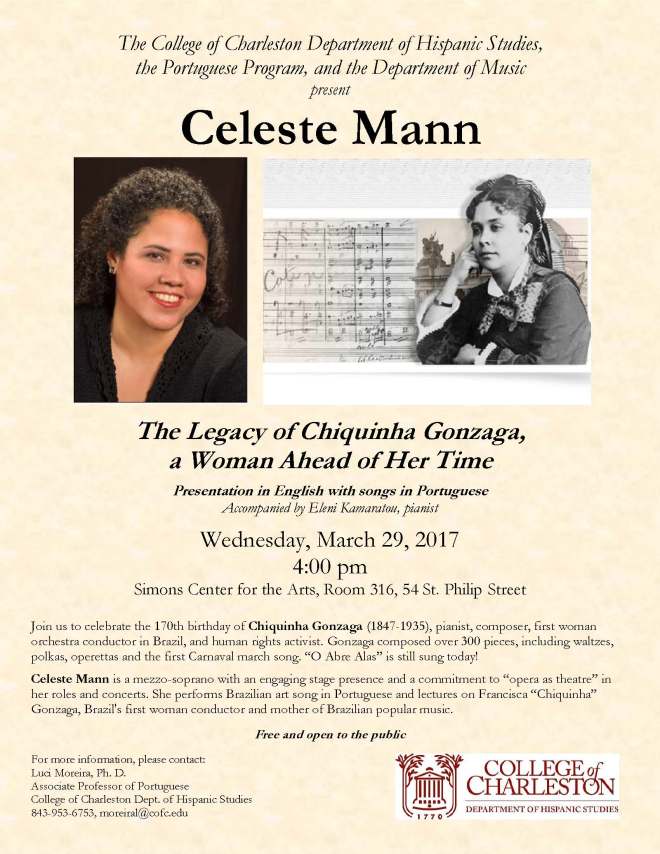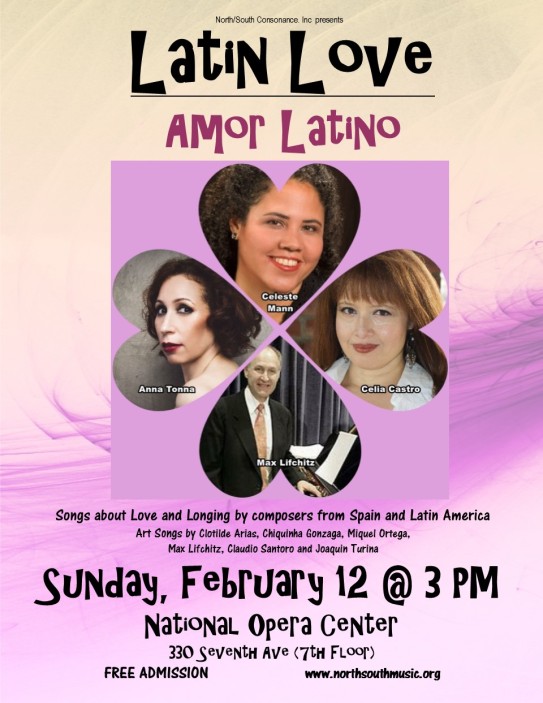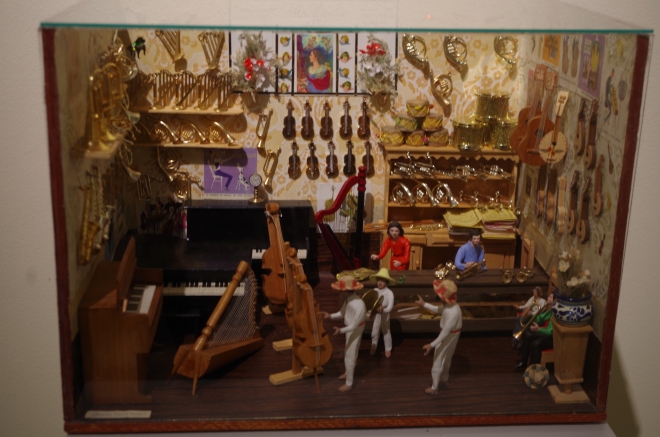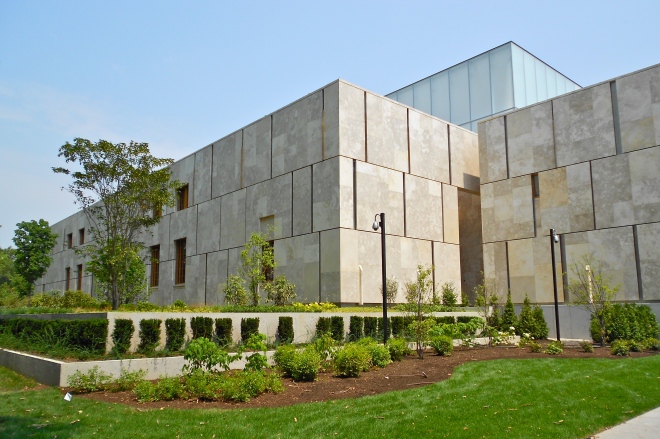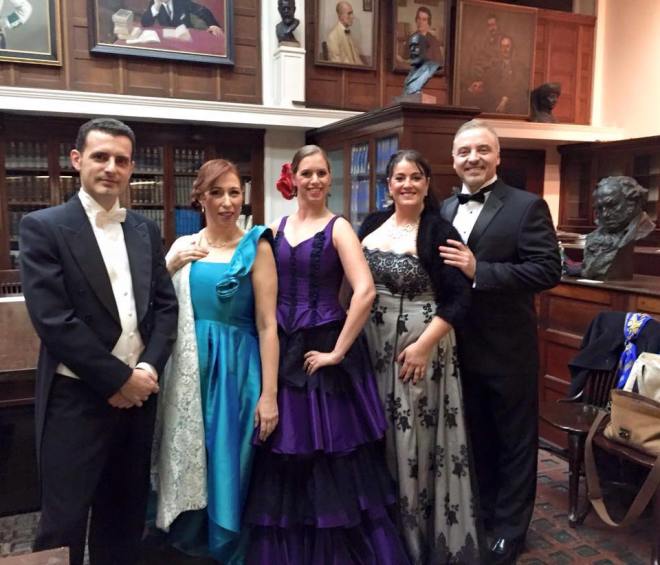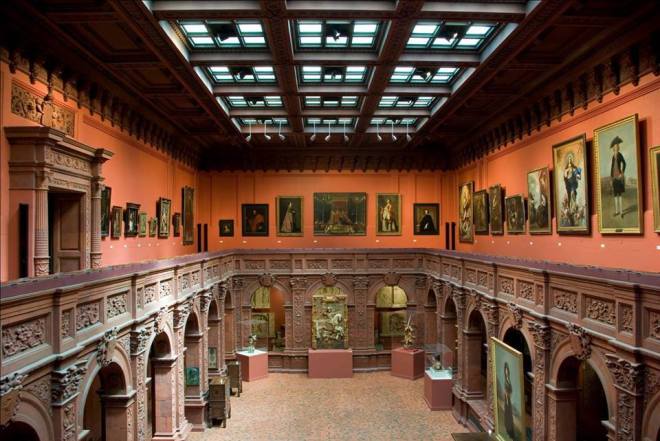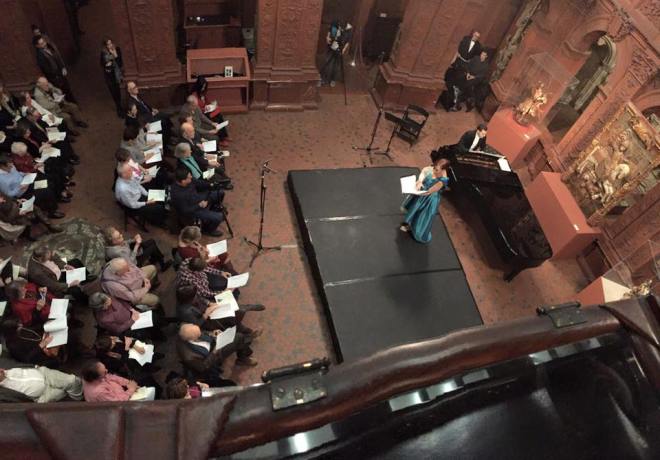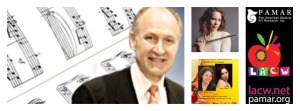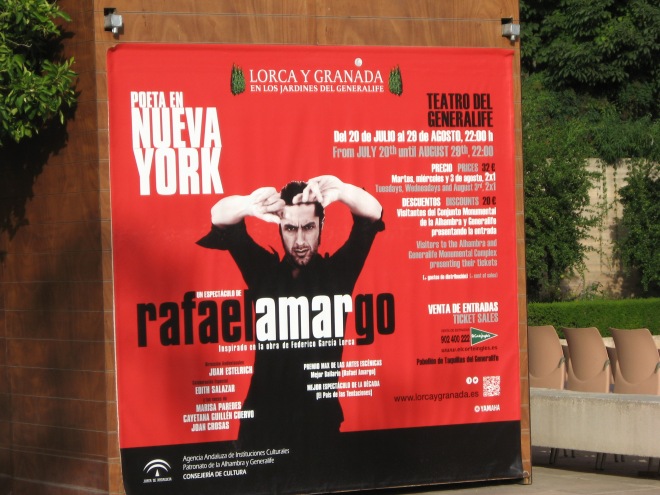O público estava de pé. Algumas pessoas estavam dançando e cantando. Todo o mundo irradiava entusiasmo. O grupo de dança terminou seu concerto com um convite para o público: “Levantem-se! Dancem e cantem conosco!”. Eu lembrei de algumas palavras das canções familiares que tinha escutado no Brasil e cantado com eles. A energia do Balé Folclórico da Bahia era contagiosa — como não cantar, como não se mexer? Centenas de estadunidenses se comportavam como se assistissem a um concerto de rock e não a um espetáculo de dança! Mas tudo isso reflete a cultura brasileira.
O Brasil é conhecido por seu soft power. A cultura brasileira chega aqui nos Estados Unidos em forma de dança, de canção, de música, de cinema, de futebol. Com certeza, o Brasil tem muitos destaques nas artes plásticas importantes mundialmente, e no teatro e na literatura também. Sem falar da culinária e das telenovelas. Porém, são as expressões artísticas por meio da música que deslumbram o maior número de estrangeiros. Sendo a música uma “linguagem” universal, pouco importava que 75% (ou mais) das pessoas que assistiram ao concerto não compreendessem o português, e nem tivessem pisado no Brasil. A música as levou para o país na sua imaginação naquele momento.
Acho que são a qualidade e a variedade das músicas brasileiras (e para falar na música portuguesa, também o fado) e a sua singularidade que fazem que seja tão natural, tão orgânico, incluir a música nas aulas de Língua Portuguesa. Mesmo numa aula de iniciantes de Português, pode-se usar uma canção para mostrar pronúncia, ou para cultivar os ouvidos do aluno aos sons do Português. Dá para mostrar um vídeo de dança ou até ensinar movimentos de dança aos alunos que não conseguem falar muito, para uma lição de cultura. Com uma turma mais avançada, obviamente temos um sem fim de oportunidades para introduzir a música na sua aprendizagem. Uma das atividades que gostava muito era comparar a música nos filmes, Orfeu e Orfeu negro, com as da obra de teatro original Orfeu de Conceição de Vinicius de Moraes. Os alunos de Português são apresentados a grandes músicos e poetas brasileiros e, assim, aprendem melhor o vocabulário e mais palavras, analisam filmes, poesias e estrutura das canções. Sobretudo, podem ver como a música, e não somente as palavras faladas, tem a ver com a emoção e a expressão dos personagens nas versões brasileiras do mito grego de Orfeu. 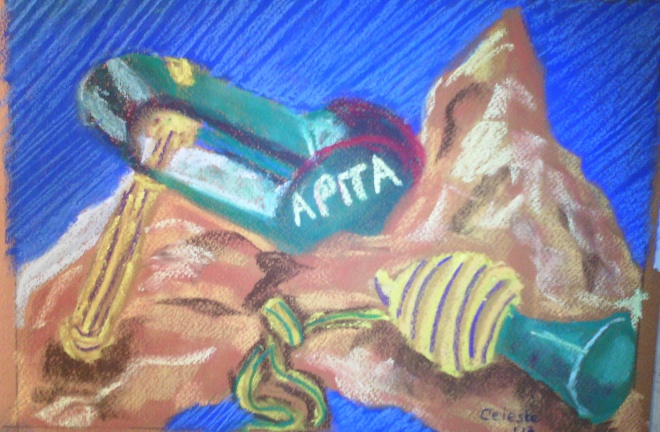
Quando eu ensino sobre o Nordeste, sempre mostro vídeos das diferentes danças e suas respectivas músicas: forró, frevo, xaxado, etc. É uma cultura muito diferente do Sul e do Sudeste do país. Quando eles veem o xaxado, em recentes registros do Youtube, e como a representação do cangaço (especialmente Lampião e Maria Bonita) continua viva, eles compreendem e sentem que eram figuras históricas essenciais nessa cultura regional.
Uma das minhas atividades preferidas com música é explicar a literatura de cordel e o repente. Uso a canção “O que é a literatura de cordel” de Francisco Diniz. Essa canção explica a literatura de cordel numa canção estilo forró. Os alunos fazem sua própria literatura de cordel em grupos como projeto final. Durante a preparação, falamos sobre a história do cordel comparando com meios de comunicação modernos. Assistimos a vídeos sobre o cordel e o repente. Também , antes de escrever e recitar seus poemas, os alunos praticam e recitam poesias famosas e simples como repentistas, com pandeiros plásticos. Fazem modificações no tom de voz e na projeção dela com essas obras para sentirem-se mais confortáveis com o ritmo e usarem suas vozes. Assim, o aluno melhora seu conhecimento da cultura, sua capacidade de usar a língua portuguesa ao escutar e fazer a música ele mesmo.
Sou artista, então para mim, as artes são imprescindíveis para entender o Brasil, Portugal ou qualquer cultura. Aliás, as artes em seus muitos gêneros, às vezes, representam e manifestam os pensamentos de um povo e não somente ideias de indivíduos. Também surgem em resposta à turbulência política. Eu sei que muitos colegas gostam de tocar canções de MPB (Musica Popular Brasileira) especialmente Bossa Nova e músicas da Tropicália. Uma canção forte como Cálice, de Chico Buarque, dá arrepios em si por causa de seu arranjo e o significado da letra. Mas explorar a história da apresentação mostra como a censura da ditadura militar que começou em 1964 operava – cortaram o som quando ele e Gilberto Gil iam tocar a canção em Festival Phono 73, em São Paulo. No caso de Portugal, os alunos escutam Grandola, Vila Morena, quando aprendem sobre a Revolução dos Cravos, comemorada no dia 25 de abril.
Emprego a vida e a música da maestrina Francisca “Chiquinha” Gonzaga, para ensinar língua e História brasileira. A compositora nasceu em 1847, quando o Brasil era ainda monarquia e mantinha a escravidão. Morreu em 1935. Ela viveu num período no qual ocorreram importantes movimentos históricos no Brasil, como a Guerra do Paraguai, a abolição da escravatura, a Revolta do Vintém, a queda da monarquia, o início da república, o governo Getúlio Vargas…sem falar de sua própria história pessoal, riquíssima em acontecimentos, como a publicação de suas partituras, obras de teatros e sua intensa vida boêmia. Os alunos leem uma biografia juvenil dela, veem partes da minissérie, participam de um têm um sarau, e fazem outras atividades relacionadas à história e à música dela.
Acho que podemos transmitir uma parte da cultura lusófona a nossos alunos na sala de aula. Com certeza, essa experiência na aula de Português não equivale ficar num país lusófono e experimentar a vida e a cultura diretamente. Porém, às vezes nossos alunos não têm essa oportunidade, ou a aula é seu primeiro encontro com a cultura e a língua. Devemos fazer com que eles apreciem e sintam essa cultura, que ouçam nos ouvidos e no coração a música desses países. Assim, é uma maneira de comunicar — e daí a importância de nosso trabalho.


